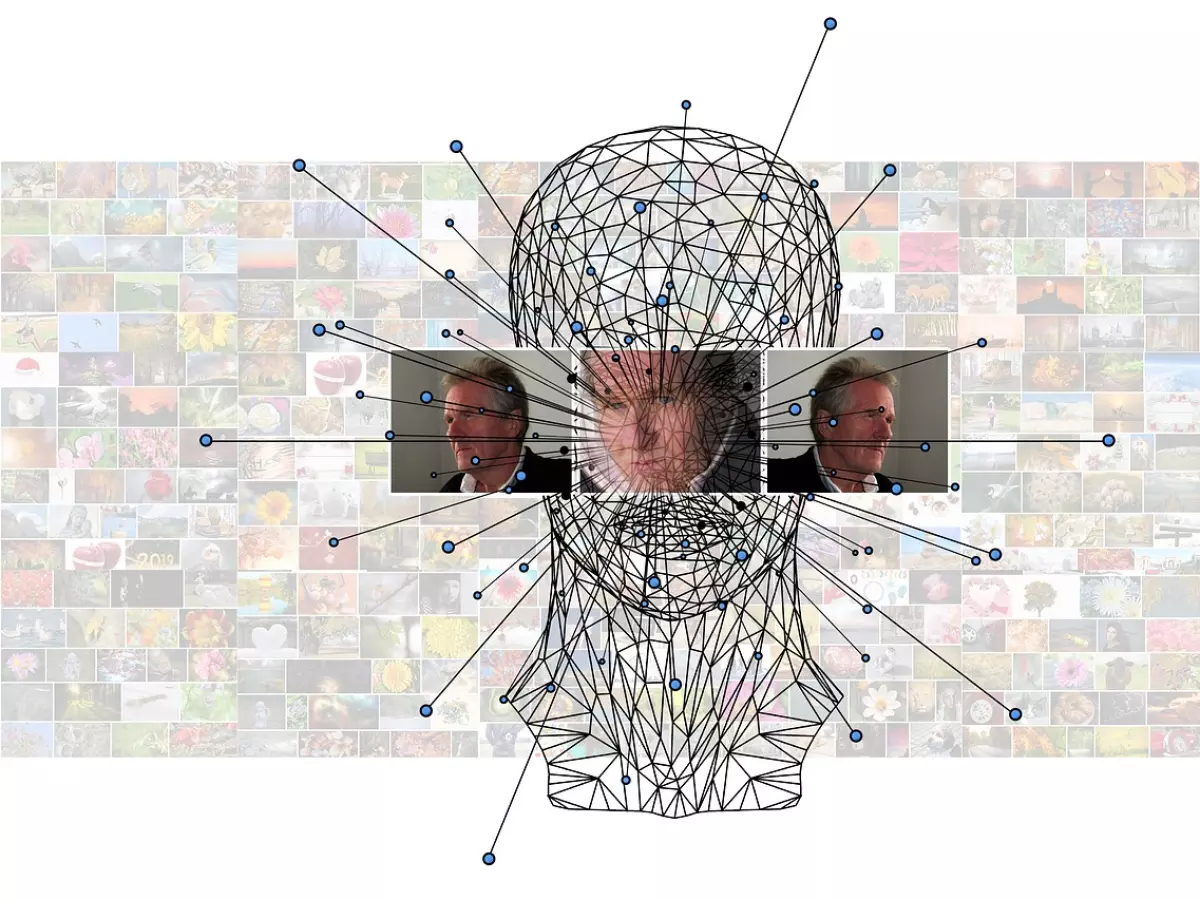Overfitting: The Silent Model Killer
Ever spent weeks training a machine learning model, only to find it performs brilliantly on your training data but crashes and burns in the real world? Yeah, that's overfitting. It's the bane of every data scientist's existence, and if you're not careful, it can sneak up on you faster than you can say 'cross-validation.' So, let's break it down: what is overfitting, why does it happen, and more importantly, how can you stop it from ruining your models?

By Nina Schmidt
Overfitting occurs when your model becomes too good at capturing the noise in your training data, rather than the actual underlying patterns. In other words, your model is memorizing the data instead of learning from it. This leads to a situation where your model performs exceptionally well on the training data but fails miserably when exposed to new, unseen data. It's like acing a practice test because you memorized the answers, but then bombing the real exam because you never actually understood the material.
So, why does this happen? Well, it usually boils down to one of two things: either your model is too complex, or your dataset is too small. A complex model with too many parameters can easily fit the noise in the data, while a small dataset doesn't provide enough variety for the model to generalize well. But don't worry, there are ways to combat this!
How to Spot Overfitting
Before we dive into prevention, let's talk about how to recognize overfitting. One of the easiest ways is to compare your model's performance on the training data versus the validation or test data. If your model is killing it on the training set but flopping on the test set, you've got yourself an overfitting problem.
Another telltale sign is if your model's performance keeps improving on the training data as you add more epochs during training, but the validation performance plateaus or even starts to decline. This is a classic sign that your model is starting to memorize the training data.
Techniques to Prevent Overfitting
Alright, now that we've identified the problem, let's talk solutions. Here are some tried-and-true methods to prevent overfitting:
- Cross-Validation: One of the most effective ways to combat overfitting is to use cross-validation, specifically k-fold cross-validation. This technique involves splitting your data into k subsets and training your model k times, each time using a different subset as the validation set. This ensures that your model is tested on multiple different subsets of the data, reducing the risk of overfitting.
- Regularization: Regularization techniques like L1 (Lasso) and L2 (Ridge) add a penalty to the model's complexity. This discourages the model from fitting the noise in the data and forces it to focus on the most important features. Think of it as a way to keep your model on a leash, preventing it from wandering too far into overfitting territory.
- Dropout: If you're working with neural networks, dropout is a fantastic technique to prevent overfitting. During training, dropout randomly 'drops' a certain percentage of neurons, forcing the network to learn more robust features. It's like making your model work out with weights, so it gets stronger and more resilient.
- Early Stopping: Sometimes, the best way to prevent overfitting is to stop training before it happens. Early stopping monitors the model's performance on the validation set and stops training when the performance starts to decline. It's like knowing when to walk away from the blackjack table before you lose all your winnings.
- Data Augmentation: If you're working with image data, data augmentation is a great way to artificially increase the size of your dataset. By applying random transformations like rotations, flips, and zooms, you can create new training examples that help your model generalize better.
- More Data: This one might seem obvious, but it's worth mentioning. The more data you have, the less likely your model is to overfit. If you're working with a small dataset, consider gathering more data or using techniques like data augmentation to artificially increase your dataset size.
When Overfitting Isn't All Bad
Now, here's a curveball: overfitting isn't always a bad thing. In some cases, especially when you're working with a small dataset, a little bit of overfitting might be necessary to get decent performance. The key is to strike a balance between underfitting (where your model is too simple and doesn't capture enough of the data's complexity) and overfitting.
In fact, some models, like decision trees, are naturally prone to overfitting. But that's okay because we have techniques like pruning to help mitigate this. So, don't freak out if your model overfits a little—just make sure it's not going overboard.
Final Thoughts
Overfitting is like that friend who overstays their welcome at a party. At first, they're fun and helpful, but after a while, they start to become a problem. The key to preventing overfitting is to recognize when it's happening and take action before it's too late. Whether you're using cross-validation, regularization, or early stopping, there are plenty of tools in your arsenal to keep overfitting at bay.
So, the next time you're training a machine learning model, keep an eye out for overfitting. Your model (and your sanity) will thank you.
Remember: A model that performs well on your training data but fails in the real world is like a car that only drives well in the garage. It's useless unless it can handle the open road.





